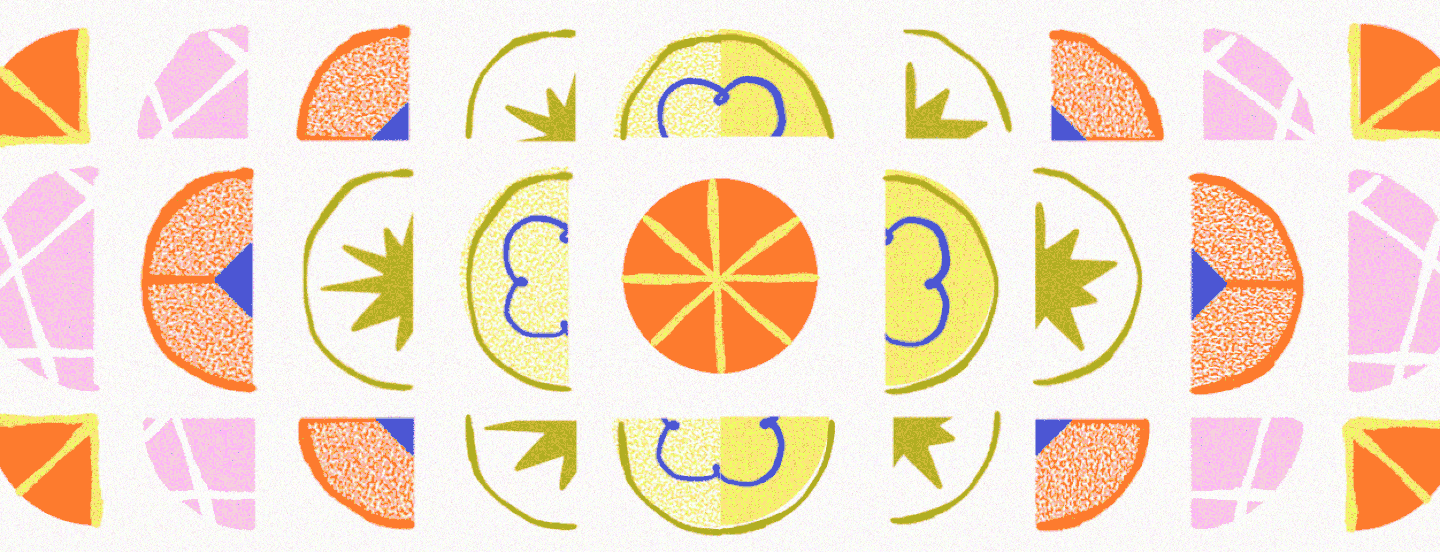
Augmenting DesignOps with AI-Powered Design Systems
Futureproofing design in a post-pandemic landscape
The post-pandemic landscape is one of increased volatility and pressure on in-house design teams to prove the value of their investments. More specifically, leaders feel compelled to rapidly identify new forms of value and deliver on modern success metrics, all while doing more with less. Fortunately, the emergence of new technologies (e.g., AI in product design) has created opportunities for leaders to not only deliver on their commitments but even exceed expectations.
Resetting the design and DevOps model
Design leaders still face the daunting prospect of managing siloes across the organization, dealing with legacy technology debts and managing innovation at multiple speeds (balancing future bets and yesterday’s backlog). But despite these enduring harsh realities of corporate transformation, there is now an opportunity to reset the established design and DevOps model and build a more stable foundation for future operations. Generative Artificial Intelligence (Gen AI) and the radical transformation of production tools (both design and development) now enables design teams to automate workflows, augment creativity and deliver on core DesignOps objectives—see DesignOps 101 for a detailed overview. Here, AI-powered design has the potential to accelerate time to market while reducing headcount and streamlining in-house capabilities.
Guidance in a vortex of innovation
As design leaders around the world look to drive further efficiencies and unlock new forms of value in their design and DevOps functions, we at frog have experienced an uptick in the client support focused on futureproofing strategies.
Questions we often receive:
- How can I right-size my design and DevOps effort for impact vs. scale?
- How do I allocate team members between day-to-day work and more forward-looking innovation work?
- What capabilities and skills will be most important in my evolving team?
- What parts of the design process can I automate, or augment with AI?
- What function do our Design Language Systems (DLS) play in this new context, and what can we do help enable efficiencies in the short-, mid- and long-term?
With these questions in mind, we took the opportunity to explore a series of future scenarios within frog’s Global Innovation Team in Milan. There is great potential for valuable learning that benefits clients facing future challenges in the DesignOps space.
Assuming DLS (in the context of generative AI, design automation and agentic CX) will remain the backbone for DesignOps in the near to mid-term, we will focus on the last question concerning DLS. This is primarily because the quest will help us re-think the human tapestry and the roles and responsibilities that surround it.
Decoding the signals we have been seeing
Somewhere between Figma’s transformation toward shaping an AI-powered, token-oriented product design process, the no-code style idea-to-build processes enabled by Replit, Bolt and Glide, and the generative nature of emerging content production tools like Firefly, Midjourney and Sora, we saw an interesting space to fill with a near-future product design process, powered by an intelligent, AI-powered design system.
Our hypothesis coming into the exercise was that we could try to reimagine the way in which a design system was used to feed into the design process. This could be done by connecting the inspiration-led process of initial explorations (mood boards, visual directions, style guidelines and brand expression) to drive the exploration of product foundations (applied against core components) and automate initial stages of the development process. Think “idea-to-DLS” in a matter of moments. And critically, if the workflow were shorter, more efficient and yielded unexpected results, how would the team using it be impacted?
The project journey
Using frog’s Metachrosis DLS as foundational input for the work, and Figma as the main platform, we explored how we could encode design tokens in the system to enable AI to process and convert inspirational, multimodal intent and content into actionable design in real time.
We prototyped a plugin within Figma’s architecture and synthesized our efforts into a working prototype capable of translating text and imagery into design directions, revealing both the potential for streamlined workflows and the gaps that remain to be addressed. Directional tweaks to the input imagery in the plug-in would affect the DLS outcome in real time, making iterative refinement and explorations around brand exploration possible on a systemic level.
This iterative cycle between input and output would create a starting point for continuous exploration of directional nuances and variables.
The localized generative token-to-design-language script in our prototype could be seen as a proxy for a narrow, specific, brand-focused language model. This model would act as an engine powering the brand, design and innovation teams of the future–evolving and shifting dynamically to the context and users’ input.
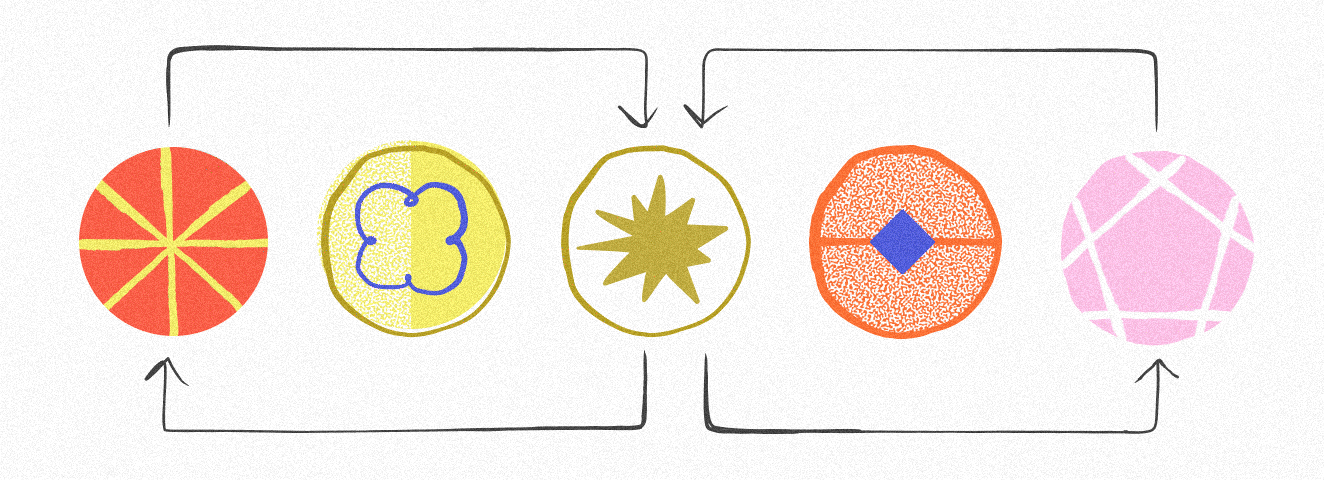
Workflow of the future
Our internal project illustrated a number of themes that will be prevalent in next-gen machine-assisted processes: Experimentally shaping AI tools using AI as both input and output, orchestration of co-authorship, joint curation with AI, the limitations of working with AI APIs and, ultimately, the tactical challenges of making DLS tokens “AI friendly.”
Moreover, we have seen a trend of prototype affirmed patterns in our programs’ everyday work, where the role of the DLS took a broader position across multiple facets of brand and product expressions, and where team architecture started to diverge from established norms of the past couple of decades in design.
It’s when, not what
With many of our clients building teams against discipline profiles, levels of seniority and tasks, we are now starting to anticipate characteristics of team members that are more directly linked to innovation mindsets and the product lifecycle itself. As such, typical established classifications and roles in building a team (product design, service design, interaction design, visual design and UX/UI) are generally being evolved in accordance with how respective team members might orient themselves in the shaping and deploying of a product.
Plotted on an axis, these categories fall somewhere between “general” and “specific.” General roles are horizontal by nature, multi-disciplinary and used as links between teams (brand, marketing, product and service). Specific roles are pointed, vertical and specialized roles that drive product precision and acceleration.
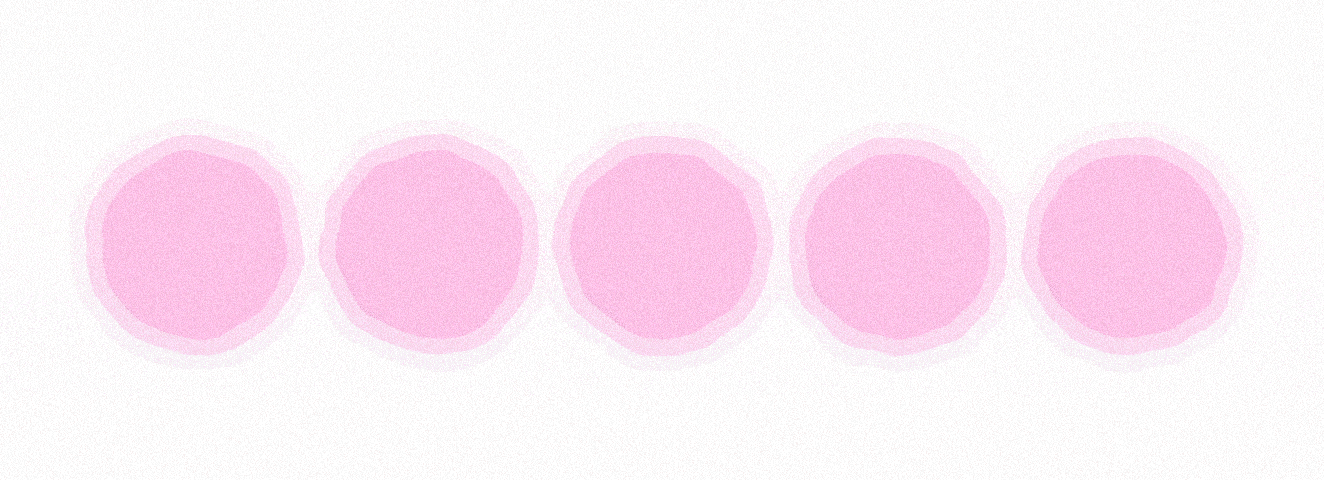
Understanding DesignOps roles and responsibilities
General roles
The evolving DesignOps teams can fall across multiple general opportunity spaces, but with two primary areas for critical investment and prioritization.
Product strategy and research
- Explores new and evolving product opportunity areas for strategic bets
- Provides research of emerging consumer behaviors and develops strategic concepts
- Maps and generates insights from ongoing industry/macro trends
- Shapes and curated a future-proof product/service roadmap
Design system management and automation
- Maintains, enhances and curates proprietary AI models to support a given brand
- Co-develops attributes and expressions within those models, of given brand in collaboration with brand, marketing and business teams
- Acts as repository librarian for asset inventory and cross-product applications
- Drives tooling and automation of process functions across the product portfolio (feeding directly in to no-code oriented prototype processes).
Specific Roles
In addition to the general roles, the team is reinforced by vertical, specialized team members that shape the unique properties of the product, combining design and tech across single or multiple roles.
Prototype and build
- Develops and evolves journeys, flows and feature concepts based on emerging needs in the business
- Quickly prototypes and builds product experiences based on above flows/features using a combination of DLS bootstrapping, no-code prototyping and hands-on refinement.
- Tests, iterates and validates such features with end-users
- Provides sufficient amount of detail design to bring the product experience to completion and shipping, working hand in hand with development
Product enhancement
- Continuously monitors product performance and performance mitigation, using data, analytics and real-time testing
- Shapes models of assessment for product performance simulation and A/B testing that can be automated and scaled
- Designs and develops micro interventions for product optimization
- Reports and documents insights to feed back into production process for other teams.
While these roles or categories of ownership aren’t exactly new in the world of DesignOps, we do anticipate that the number of designers doing the work could be reduced in coming years. More importantly, the level of effort to manage these tasks will be compressed. A minimum viable DesignOps team could start from an individual contributor for each bucket of ownership between general and specific roles.
Innovation mindsets
The shape of talent now shifts from a discipline-first model to a capability-first model, with the baseline assumption and expectation that innovations happen across the full product life cycle. Furthermore, the singe contributors have a larger platform to shape and apply their skills. It’s reasonable to assume that team members in a near-term AI-powered DesignOps team will spend equal terms “doing the work” and shaping and refining their tools.
As such, an innovation mindset involves designing for the user and the business while continuously refining the method and mode of production (as long as the engine/model that supports it).
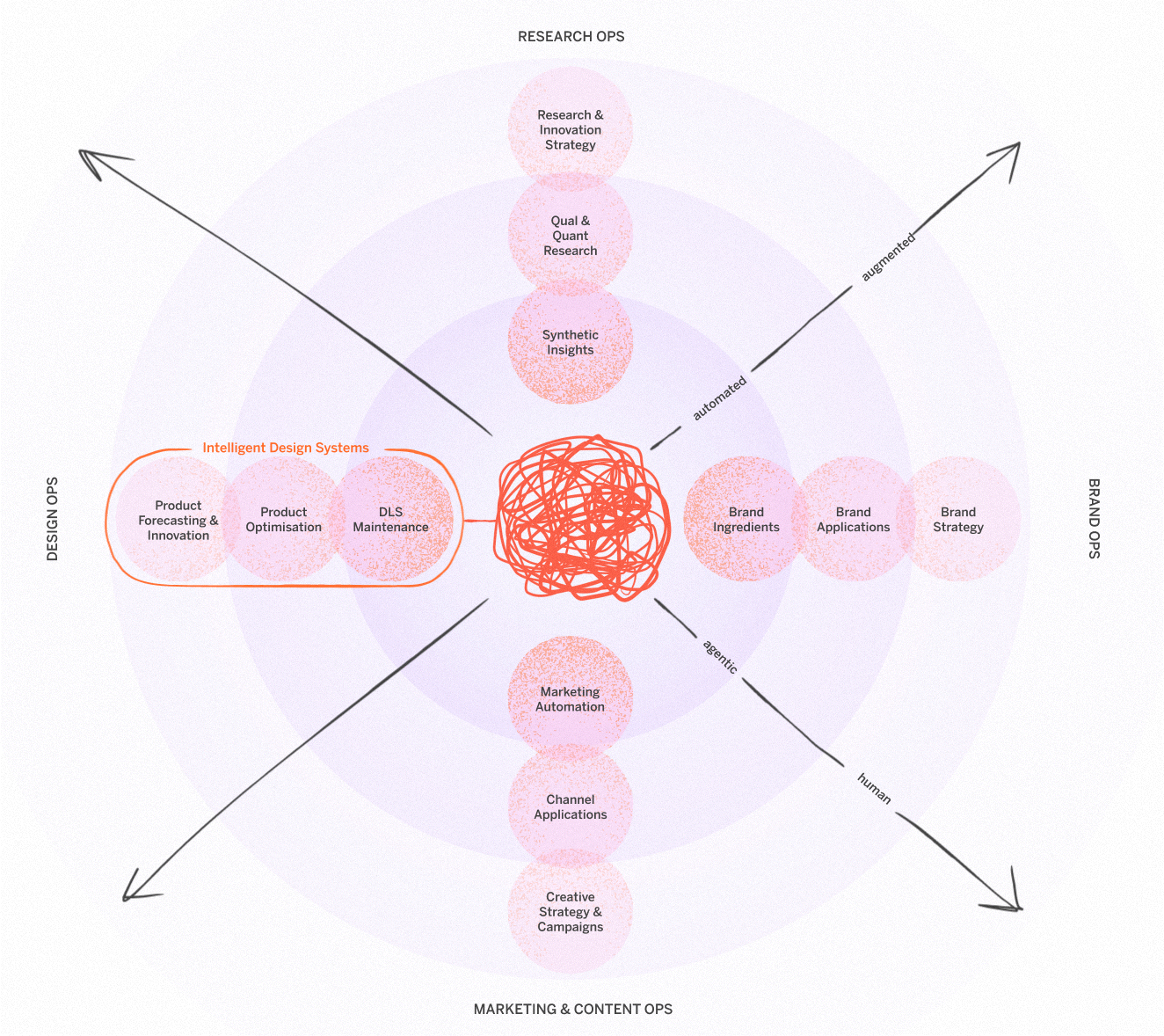
Agentic AI and synthetic design
This paradigm shift will help set the foundations and the platform for incorporating agentic AI, or “synthetic design,” into the workflow. When an AI model sits at the heart of your DesignOps team and is leveraged across (automated) product processes, your team members can slowly start to “hand over” simpler, automatable tasks to agents for execution.
The obvious outcome is that a smaller team of human designers is governing a system of systems, curating the brand, designing and developing core elements of the product experience, all while automating the rest to agents in a synthetic design process.
As this happens and all brands optimize for efficiency, competing on process and execution, differentiation will be harder to untangle and achieve in the market. Products, brands and narratives will be increasingly uniform and difficult to distinguish. As such, taste making, human reasoning, creativity and a sense of innovation intuition will be more critical than ever. Strong leadership and evangelism will be crucial to distinguish the mediocre from the magnificent.
The bar for quality across experiences will increasingly rise, diminishing the level of acceptance of mediocrity. This new landscape is likely just two or three years into the future, the key building blocks of which are being established right now. The pressure is on!
Final thoughts
When we kicked off our internal initiative, we took a dose of our own medicine, trying to prototype and simulate the future by building it ourselves. Thinking by making. Futurecasting by building. As we anticipate the next era of disruption and innovation in the DesignOps space, we recommend the same to our partners and clients, who are navigating their own respective challenges across industries and getting their hands dirty.
Somewhere, in the space between strategizing, thinking and making, is the sweet spot: the place where magic happens, where value is primed to be unlocked. Just remember to enjoy every moment.

Andreas Markdalen is the award-winning Global Chief Creative Officer of frog. For 20+ years, Andreas has been leading and forming relationships with the leading global consumer and enterprise brands across industries/domains; shaping new capabilities, building new ventures and leading teams to make end-to-end innovation real. In the CCO role, Andreas provides guidance and support to account and industry-focused teams within the Capgemini Group, leads the positioning and brand strategy for frog in the market, while socializing the values of human-centric, empathy-driven, outcomes-oriented design processes to drive culture and community within and outside of the organization.
He is a visiting lecturer at MIT School of Economics (Boston), Unversidad EAFIT (Medellin), University of Texas (Austin), Politechnico di Milano and SUPSI (Lugano). Speaking engagements include Interaction19 (Seattle), Helsinki Design Days 2019, Creative Mornings (Milan), Experience Fighters (Madrid) and Design 4 India (Bangalore).
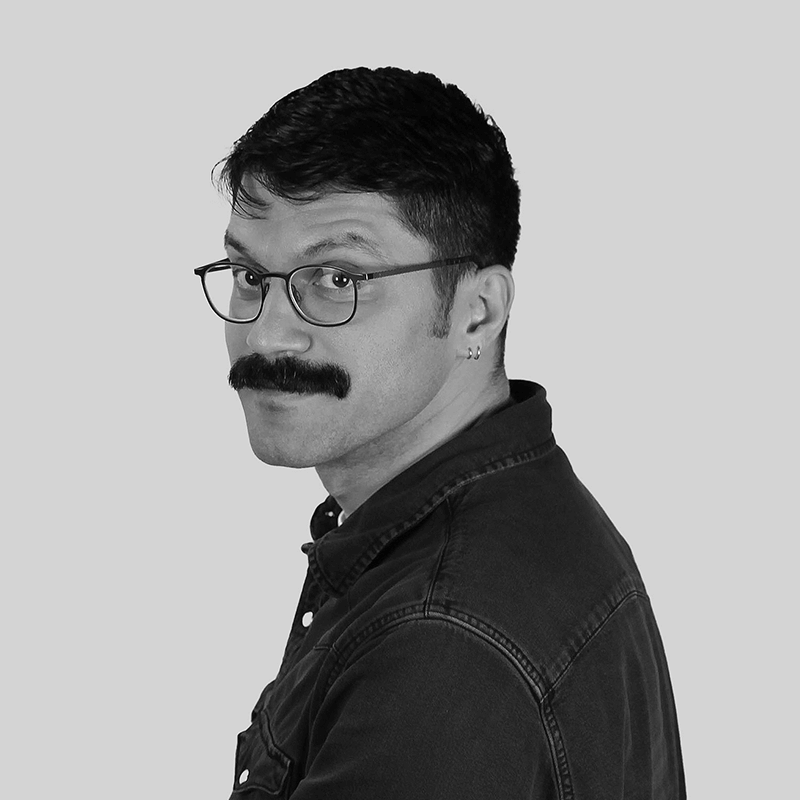
Marios combines engineering, human connection, and a curiosity for how things are made to design solutions that bridge the digital and physical worlds. He works across disciplines to shape tools, systems, and experiences alongside multidisciplinary teams. With experience in research and consulting across Greece, Germany, and Italy, he’s interested in how technology can support exploration and expression helping teams imagine, prototype, and build what doesn’t yet exist.

Alex Conconi is an Executive Technology Director in the frog Innovation Team. He works with clients, ranging from startups to major brands, to transform ideas into reality. He leads cross-functional teams in fast-moving, complex, customer-centric digital transformation and product delivery programs across various geographies and industries.
As a computer scientist in a creative environment, Alex is passionate about connecting technology with people and building innovative solutions that enhance the human experience.
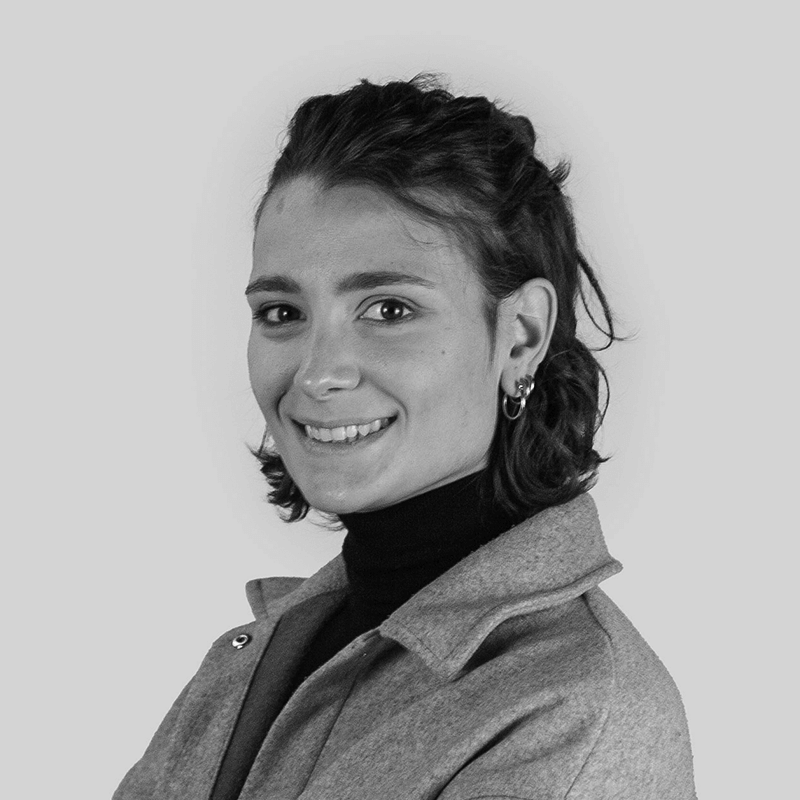
Denise has collaborated with leading companies across various industries, successfully tackling complex challenges and crafting high-quality user experiences. Leveraging design systems, she optimizes design choices to ensure visual consistency and seamless functionality across multi-platform experiences. Denise combines brand identity, accessibility, and intuitive interactions to create impactful, end-to-end services.
We respect your privacy
We use Cookies to improve your experience on our website. They help us to improve site performance, present you relevant advertising and enable you to share content in social media. You may accept all Cookies, or choose to manage them individually. You can change your settings at any time by clicking Cookie Settings available in the footer of every page. For more information related to the Cookies, please visit our Cookie Policy.